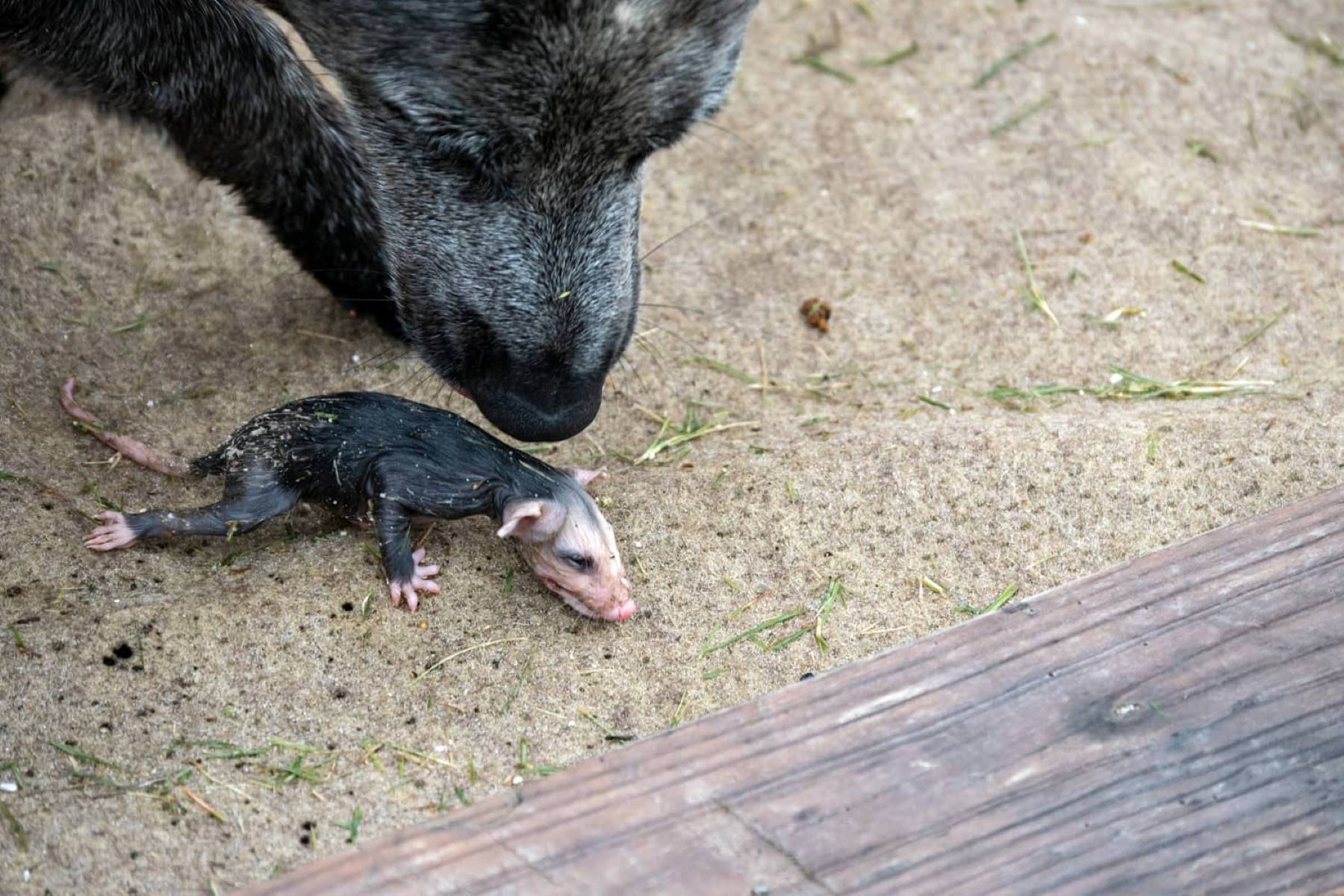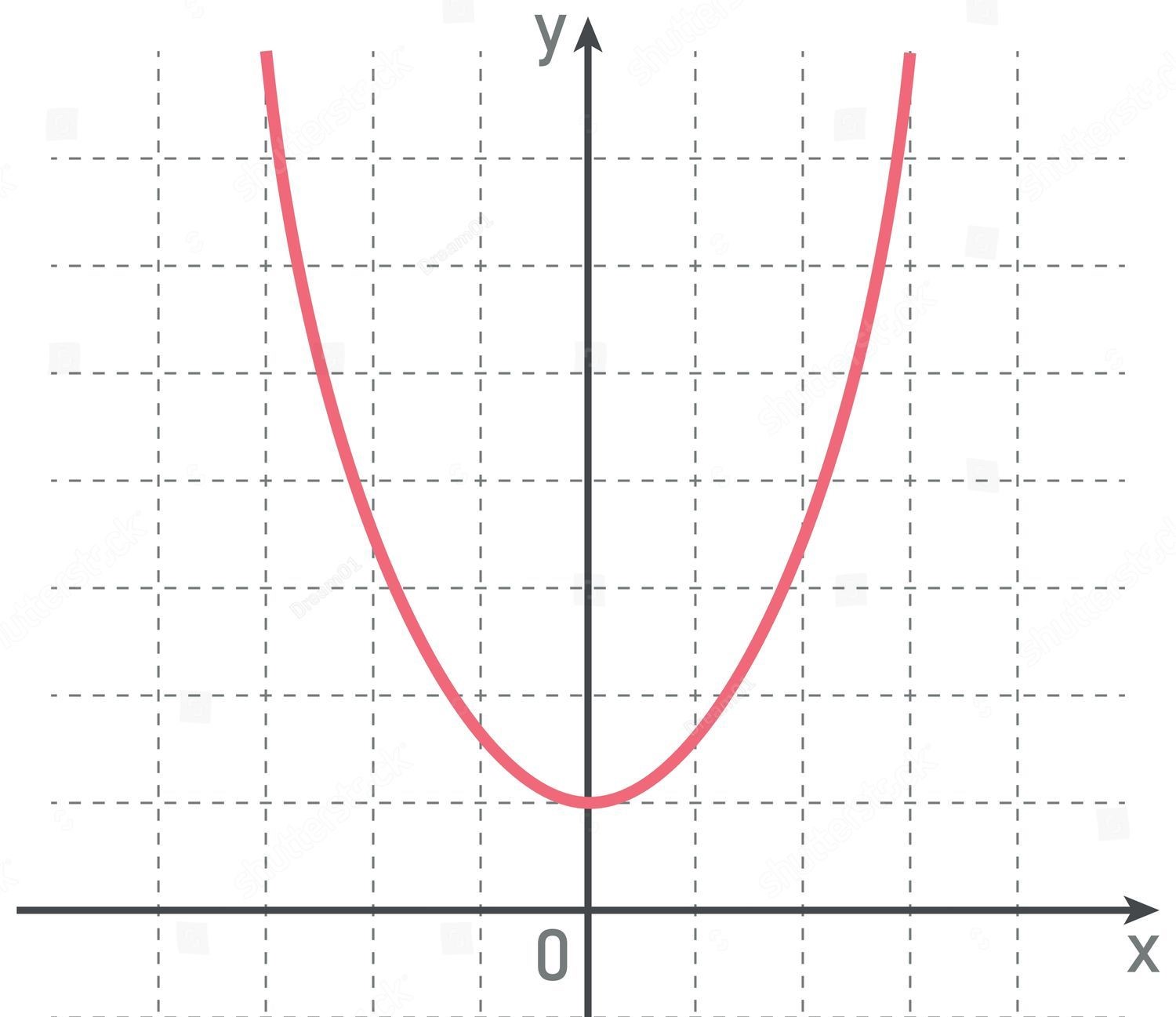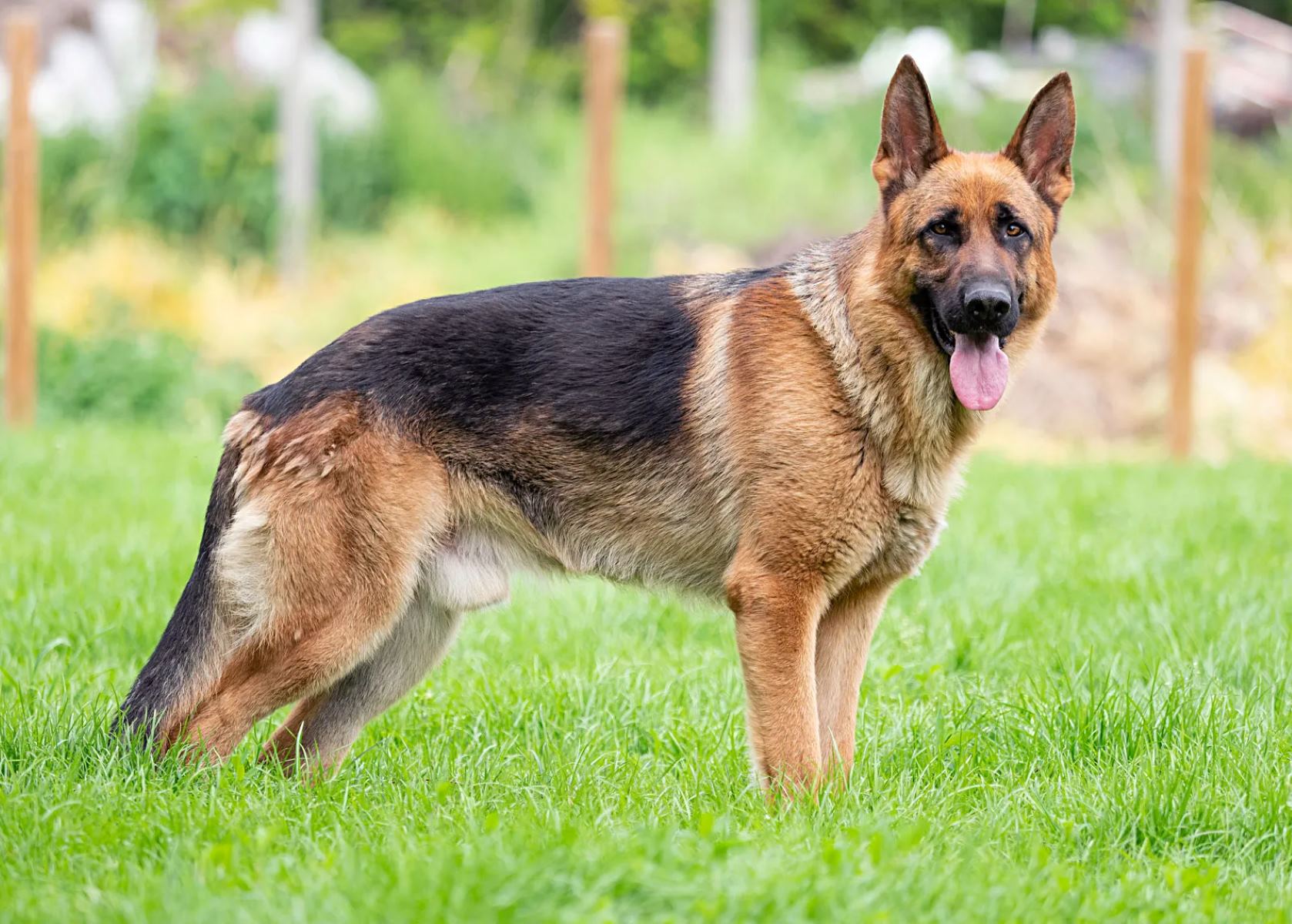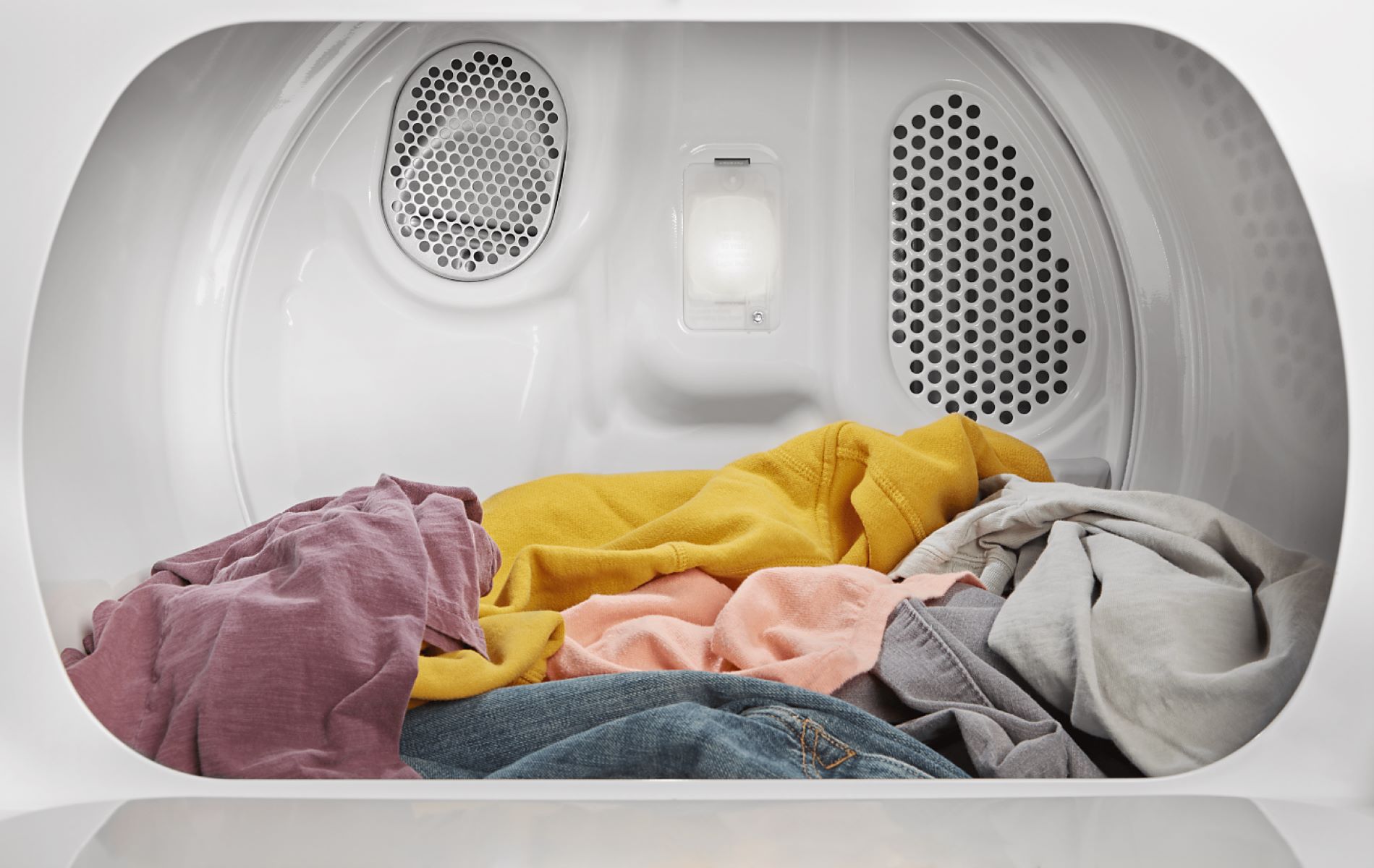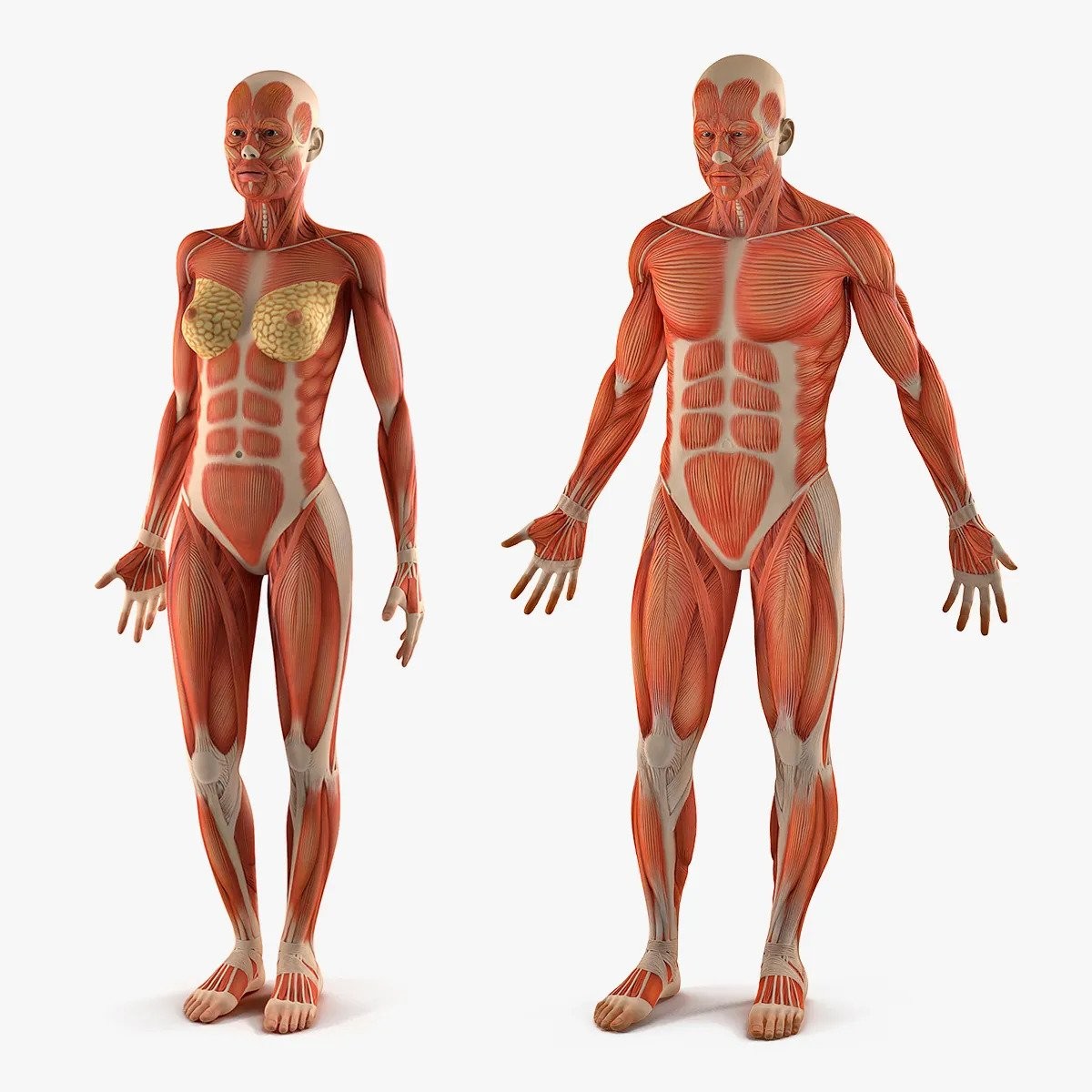Home>Pets & Animals>The Bizarre Behavior Of Female Dogs In Heat


Pets & Animals
The Bizarre Behavior Of Female Dogs In Heat
Published: January 24, 2024
Learn about the unusual behavior of female dogs in heat and how to manage it. Expert tips and advice for pet owners.
(Many of the links in this article redirect to a specific reviewed product. Your purchase of these products through affiliate links helps to generate commission for Regretless.com, at no extra cost. Learn more)
Table of Contents
Introduction
The heat cycle in female dogs, also known as estrus, is a natural biological process that occurs as a part of their reproductive system. Understanding this cycle and the associated behavioral changes is crucial for dog owners and caretakers. Female dogs experience heat approximately every six months, although this can vary depending on the breed and individual dog. During this time, they exhibit unique behaviors and physical signs that can sometimes be perplexing to pet owners.
This article aims to shed light on the often bizarre behaviors displayed by female dogs in heat. By providing insights into the heat cycle, signs and symptoms, behavioral changes, and coping strategies, dog owners can gain a better understanding of their pet's needs during this crucial time. It's important to recognize that a female dog in heat requires special attention and care, and being aware of the distinctive behaviors associated with this phase is essential for providing the best possible care for our canine companions.
Read more: The Surprising Behavior Of Dying Dogs
Understanding the Heat Cycle in Female Dogs
The heat cycle, or estrus, is a fundamental aspect of a female dog's reproductive system. It is a crucial part of their biological makeup and plays a significant role in their ability to reproduce. The heat cycle typically occurs every six months, but this can vary depending on the individual dog and its breed. Understanding the different stages of the heat cycle is essential for dog owners to provide appropriate care and attention to their pets.
The heat cycle consists of four main stages: proestrus, estrus, diestrus, and anestrus. Proestrus marks the beginning of the heat cycle and is characterized by physical changes such as swelling of the vulva and the release of bloody vaginal discharge. This stage can last for around 9 days, during which female dogs may attract male attention but are not yet receptive to mating.
Estrus follows proestrus and is the stage during which the female dog is fertile and receptive to mating. This phase typically lasts for about 9 days but can vary from dog to dog. Female dogs in estrus may display specific behavioral changes, such as increased friendliness and a heightened interest in male dogs. Additionally, the discharge may change in color from bloody to a straw-like hue.
Diestrus is the stage that follows estrus and is the period during which the female dog's body prepares for pregnancy. If mating has occurred, this is when the fertilized eggs travel to the uterus for implantation. Diestrus can last for around 60 days, regardless of whether the dog is pregnant or not.
Anestrus is the final stage of the heat cycle and is a resting phase. During this time, the female dog's reproductive system is inactive, and there are no visible signs of heat. This stage can last for several months before the cycle begins again.
Understanding the heat cycle in female dogs is essential for dog owners to recognize the physical and behavioral changes their pets undergo. By familiarizing themselves with the different stages of the heat cycle, pet owners can provide the necessary care and attention to ensure the well-being of their female dogs during this natural biological process.
Signs and Symptoms of a Female Dog in Heat
During the heat cycle, female dogs exhibit a range of signs and symptoms that indicate their reproductive phase. Understanding these indicators is crucial for dog owners to provide appropriate care and support to their pets. The following are common signs and symptoms of a female dog in heat:
-
Swelling of the Vulva: One of the primary physical signs of a female dog in heat is the swelling of the vulva. This swelling is a result of increased blood flow to the area and is most noticeable during the proestrus stage of the heat cycle.
-
Bloody Vaginal Discharge: Female dogs in heat often experience a bloody vaginal discharge, which is a key indicator of the proestrus stage. The discharge may vary in color and consistency throughout the different stages of the heat cycle.
-
Increased Urination: Female dogs in heat may urinate more frequently than usual. This behavior is linked to their attempts to mark their territory and attract male dogs through the scent of their urine.
-
Changes in Behavior: During the estrus stage, female dogs may display changes in behavior, such as restlessness, agitation, and increased vocalization. They may also become more affectionate and seek attention from their owners.
-
Attracting Male Dogs: Female dogs in heat emit pheromones that attract male dogs. This can result in male dogs showing increased interest in the female dog, often leading to attempts at mating.
-
Flagging Tail: When a female dog is in estrus, she may exhibit a behavior known as "flagging," where she holds her tail to the side to expose her vulva. This behavior is a clear indication of her receptiveness to mating.
-
Changes in Appetite: Some female dogs may experience changes in their appetite during the heat cycle. While some may have an increased appetite, others may show a decreased interest in food.
Recognizing these signs and symptoms is essential for dog owners to provide the necessary care and attention to their female dogs during heat. By understanding these indicators, pet owners can ensure the well-being of their pets throughout this natural reproductive phase.
Behavioral Changes in Female Dogs during Heat
During the heat cycle, female dogs undergo significant behavioral changes that can sometimes be perplexing to their owners. Understanding these changes is crucial for providing appropriate care and support to female dogs during this phase. The following are common behavioral changes exhibited by female dogs during heat:
-
Restlessness and Agitation: Female dogs in heat may display restlessness and agitation, often pacing or exhibiting an inability to settle. This behavior is a result of hormonal fluctuations and the physical discomfort associated with the heat cycle.
-
Increased Vocalization: Some female dogs become more vocal during the heat cycle, whining or whimpering more frequently than usual. This heightened vocalization is a way for them to communicate their discomfort and attract male dogs.
-
Seeking Attention: Female dogs in heat may seek increased attention from their owners, often displaying clingy behavior and a desire for physical affection. This is a response to their heightened emotional state during the heat cycle.
-
Marking Behavior: Female dogs may engage in marking behavior, urinating more frequently and in various locations to signal their presence to male dogs. This behavior is driven by their instinct to attract potential mates.
-
Increased Affection: Some female dogs become more affectionate during the heat cycle, seeking close physical contact with their owners and displaying a greater need for reassurance and comfort.
-
Aggression Towards Other Dogs: In some cases, female dogs in heat may exhibit aggression towards other dogs, especially females. This behavior is a result of their heightened territorial instincts and the desire to assert dominance during this reproductive phase.
-
Refusal to Obey Commands: Female dogs in heat may display a reluctance to obey commands or follow familiar routines. This disobedience is often linked to their preoccupation with the changes happening in their bodies and their focus on mating-related behaviors.
Understanding these behavioral changes is essential for dog owners to provide the necessary support and guidance to their female dogs during heat. By recognizing and accommodating these behaviors, pet owners can ensure the well-being and comfort of their pets throughout this natural reproductive phase.
Coping with the Bizarre Behavior of Female Dogs in Heat
Coping with the bizarre behavior of female dogs in heat requires patience, understanding, and proactive measures from dog owners. The unique behavioral changes exhibited by female dogs during the heat cycle can sometimes pose challenges, but with the right approach, pet owners can ensure the well-being and comfort of their canine companions.
Providing a Safe and Comfortable Environment
Creating a calm and secure environment for a female dog in heat is essential. This includes offering a quiet and secluded space where the dog can rest undisturbed. Providing comfortable bedding and ensuring a peaceful atmosphere can help alleviate the restlessness and agitation often experienced by female dogs during this time.
Increased Supervision and Leash Control
During the heat cycle, female dogs may be more prone to seeking out potential mates, leading to a heightened risk of unplanned mating. Therefore, increased supervision and leash control are crucial to prevent unwanted interactions with male dogs. Keeping the female dog on a leash during walks and closely monitoring her outdoor activities can help minimize the chances of unplanned mating.
Distraction and Mental Stimulation
Engaging the female dog in activities that provide mental stimulation and distraction can help redirect her focus during the heat cycle. Interactive toys, puzzle feeders, and gentle training exercises can help alleviate restlessness and provide a positive outlet for her energy.
Consideration of Spaying
For dog owners who do not intend to breed their female dogs, spaying (ovariohysterectomy) may be a consideration to prevent future heat cycles and associated behavioral changes. Spaying can also offer health benefits, such as reducing the risk of certain reproductive-related diseases. It is essential to consult with a veterinarian to discuss the potential benefits and implications of spaying for individual dogs.
Comfort and Reassurance
Providing comfort and reassurance to the female dog during the heat cycle is crucial. Offering gentle physical affection, such as soothing massages and calming petting, can help alleviate her emotional distress. Additionally, maintaining a reassuring and calm demeanor can help the dog feel secure during this potentially confusing time.
Consultation with a Veterinarian
Seeking guidance from a veterinarian is important for dog owners navigating the heat cycle and its associated behaviors. Veterinarians can offer advice on managing the heat cycle, provide recommendations for behavioral support, and discuss potential medical interventions if necessary.
By implementing these coping strategies, dog owners can effectively navigate the unique behavioral changes exhibited by female dogs during heat, ensuring the well-being and comfort of their pets while addressing the challenges associated with this natural reproductive phase.
Conclusion
In conclusion, the heat cycle in female dogs is a natural and essential aspect of their reproductive biology, marked by distinct physical and behavioral changes. Understanding the various stages of the heat cycle and the associated signs and symptoms is crucial for dog owners to provide appropriate care and support to their pets during this reproductive phase.
The behavioral changes exhibited by female dogs during heat, including restlessness, increased vocalization, and a heightened need for attention, can sometimes be perplexing to pet owners. However, by recognizing and accommodating these behaviors, dog owners can ensure the well-being and comfort of their canine companions.
Coping with the bizarre behavior of female dogs in heat requires patience, understanding, and proactive measures from dog owners. Providing a safe and comfortable environment, increased supervision and leash control, distraction and mental stimulation, consideration of spaying, and offering comfort and reassurance are essential strategies for navigating the challenges associated with the heat cycle.
It's important for dog owners to seek guidance from a veterinarian to address any concerns related to their female dog's heat cycle and to explore potential medical interventions or spaying options. By taking proactive steps and understanding the unique needs of female dogs during heat, pet owners can provide the best possible care for their beloved companions.
Overall, the heat cycle is a natural and inevitable part of a female dog's life, and by gaining a deeper understanding of this reproductive phase, dog owners can ensure that their pets receive the support, comfort, and care they need to navigate this transformative process with ease and comfort.




